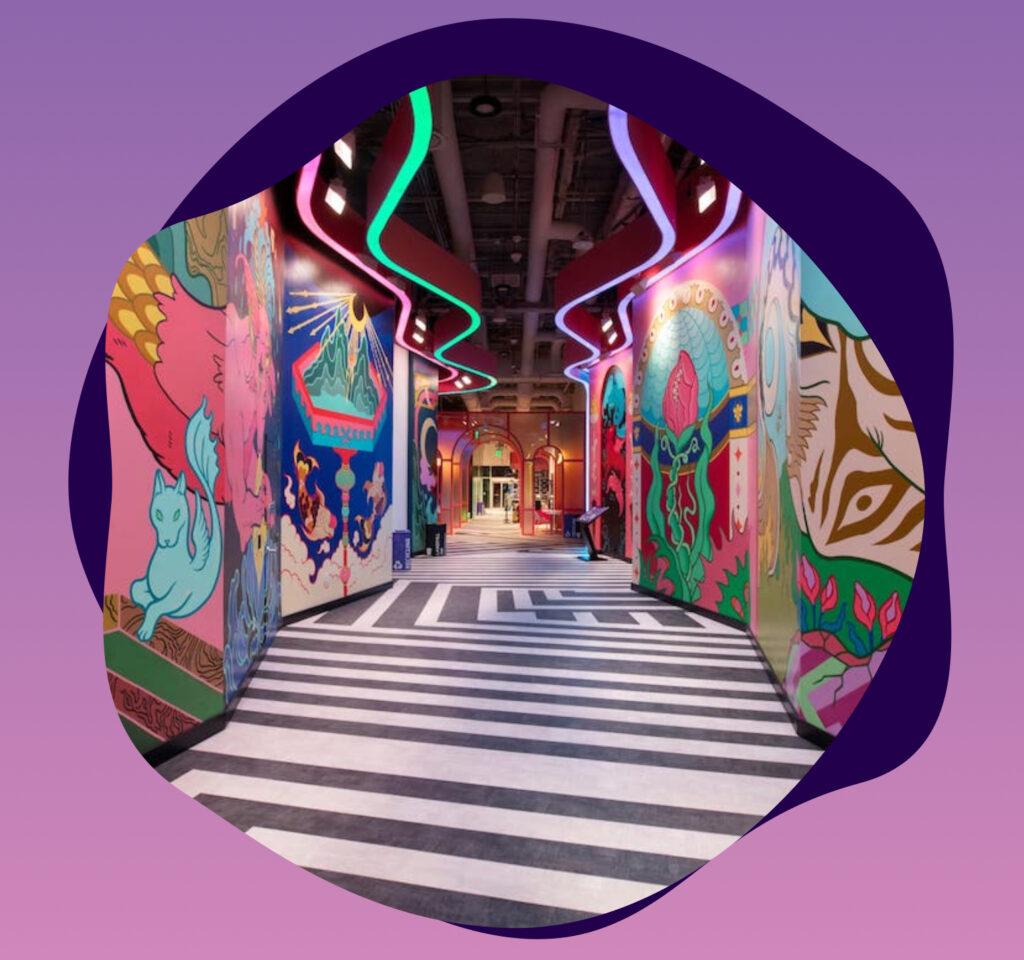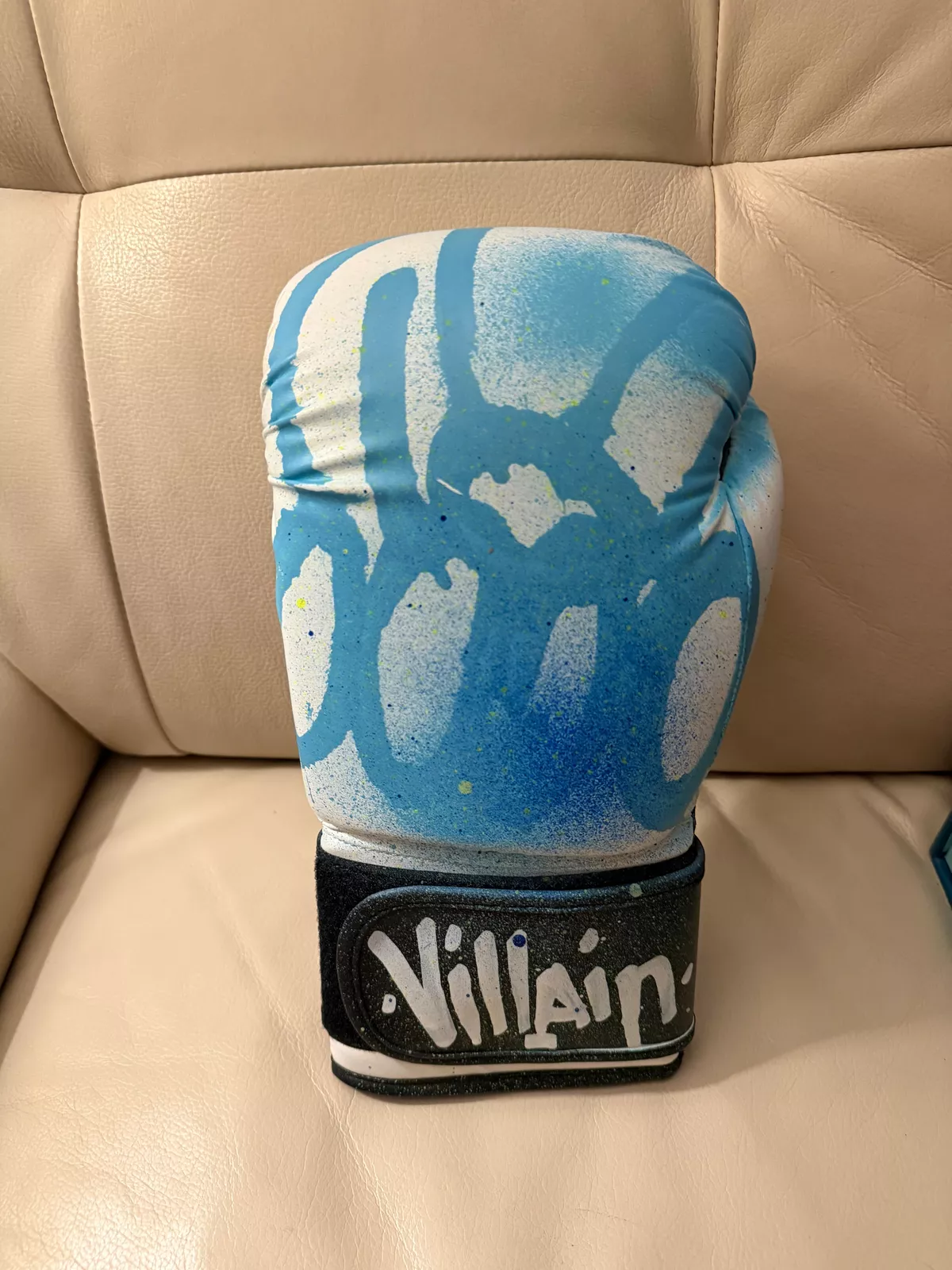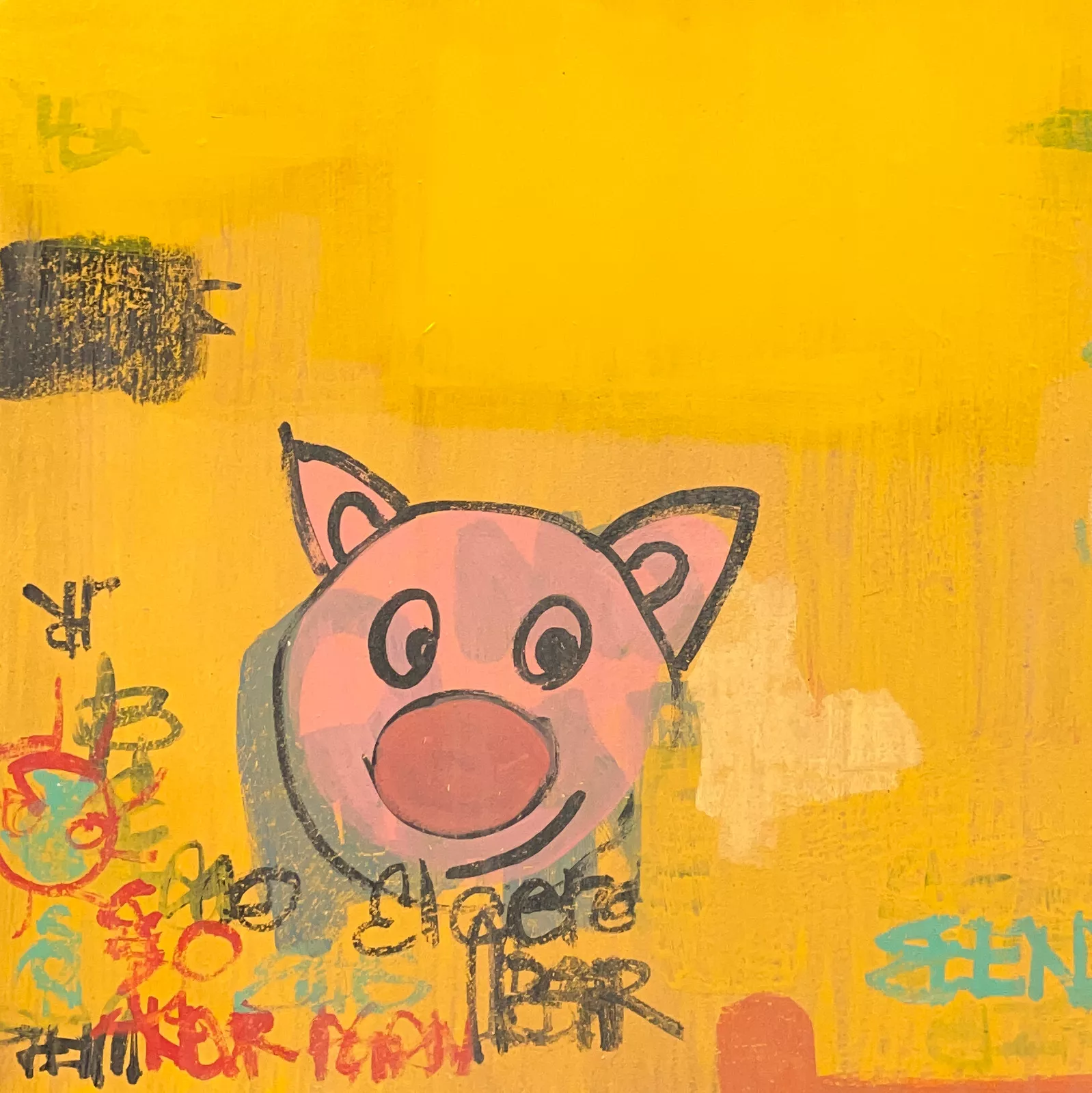In a world where the boundaries between art, storytelling, and entertainment are increasingly blurred, few organizations have captured the public imagination as profoundly as Meow Wolf. Founded in 2008 in Santa Fe, New Mexico, Meow Wolf has rapidly evolved from a small artist collective to a cultural phenomenon, with immersive, interactive experiences that challenge traditional notions of art and invite visitors to explore fantastical, surreal worlds. Their work is defined by one guiding principle: the belief that art can be transformative, that it can open “portals of possibility” and, ultimately, make a positive difference in the world.
This bold mission—redefining the paradigm of art and storytelling—sets Meow Wolf apart from the more traditional gallery or museum. Rather than positioning art as a static object for contemplation, Meow Wolf’s exhibitions blur the lines between artist and audience, turning viewers into active participants in the narrative. By offering spaces that are part art installation, part interactive theater, and part playground, Meow Wolf creates a sense of wonder that is often lost in contemporary art spaces. At its core, Meow Wolf’s work reflects a deep belief in the power of creativity and collective imagination as forces for change.
The Origins of Meow Wolf: A Collective Vision
Meow Wolf was born from a group of like-minded artists in Santa Fe who felt frustrated by the traditional art world’s constraints. The founding members—artists, musicians, designers, and writers—sought to create a space where collaboration could thrive, unbounded by the hierarchies and gatekeeping that often define the fine art world. Their goal was to create immersive environments that transcended the boundaries between art and life, enabling audiences to interact with art in a playful, open-ended way.
Their first major project, the House of Eternal Return, which opened in 2016, marked a turning point for Meow Wolf. Housed in a former bowling alley, the project was funded in part by George R.R. Martin, the author of Game of Thrones and a Santa Fe local, who became a key supporter of the group’s vision. House of Eternal Return became a landmark achievement, blending immersive storytelling with large-scale, multi-sensory installations that allowed visitors to explore at their own pace. With no fixed narrative, visitors were free to interpret the space in their own way, wandering through hidden rooms, secret passageways, and dreamlike landscapes.
This inaugural project laid the foundation for what Meow Wolf would become: a space where art meets technology, storytelling merges with play, and audiences are encouraged to become part of the story. Since then, Meow Wolf has expanded to new cities, including Denver and Las Vegas, continuing to push the boundaries of what an immersive art experience can be.
Redefining Art and Storytelling
Meow Wolf’s mission to “redefine the paradigm of art and storytelling” is more than just a slogan—it is the guiding philosophy that underpins all their work. In contrast to traditional modes of storytelling, where the audience is passive and the narrative is linear, Meow Wolf’s spaces are deliberately open-ended. There are no clear beginnings, middles, or ends. Visitors are encouraged to explore at their own pace, to follow their curiosity, and to create their own meaning from the experience.
This approach is a departure from the typical gallery or museum model, where art is often presented as something to be viewed from a distance and interpreted according to established narratives. In Meow Wolf’s worlds, visitors are no longer passive spectators—they are active participants in the story. Every choice a visitor makes—whether they decide to walk through a hidden door, open a mysterious drawer, or linger in a particular room—shapes their experience of the space.
One of the most striking aspects of Meow Wolf’s work is the way it blends the personal and the collective. The spaces themselves are the result of collaboration among dozens, sometimes hundreds, of artists, each bringing their own vision to the project. As a result, Meow Wolf’s installations often feel like patchwork quilts, with each room or section reflecting a different artist’s voice. This multiplicity of perspectives invites visitors to engage with the work in their own way, creating a uniquely personal experience within a collective environment.
By redefining art as something participatory, Meow Wolf democratizes the creative experience. The barriers that typically separate artist from audience—whether physical, intellectual, or cultural—are broken down, allowing for a more inclusive and accessible experience. This model of art and storytelling is particularly resonant in today’s world, where people are increasingly looking for ways to engage actively with culture rather than passively consume it.
Immersive Art as a Tool for Social Change
While the playful, fantastical nature of Meow Wolf’s installations is immediately apparent, the organization’s mission to make a “positive difference in the world” speaks to a deeper ambition. Meow Wolf’s work is not just about creating awe-inspiring environments—it’s about using art as a tool for social change. By fostering creativity, collaboration, and community, Meow Wolf aims to challenge the status quo and inspire visitors to think differently about the world around them.
In many ways, Meow Wolf’s ethos is rooted in the idea that art can be a catalyst for change. Their installations often explore themes of identity, reality, and power, inviting visitors to question societal norms and imagine new possibilities. In *House of Eternal Return*, for example, the story revolves around a family who disappears after a mysterious event disrupts the fabric of time and space. As visitors wander through the house, they are invited to piece together clues and unravel the mystery, but the narrative is deliberately ambiguous, leaving space for interpretation.
This emphasis on open-ended narratives and hidden meanings reflects Meow Wolf’s broader commitment to creating art that challenges traditional structures of power and control. By rejecting linear storytelling and fixed meanings, Meow Wolf empowers its audience to become active participants in the creative process. This act of participation is itself a radical gesture, as it encourages individuals to reclaim their agency and imagine new ways of being.
Moreover, Meow Wolf’s commitment to social change extends beyond their installations. As a company, they are deeply invested in supporting local communities, particularly in the cities where they operate. They provide opportunities for local artists to contribute to their projects, and they actively work to create jobs and economic growth in underserved areas. In Santa Fe, for example, the creation of *House of Eternal Return* helped revitalize the local economy, attracting visitors from around the world and providing new opportunities for local artists and businesses.
The Role of Technology in Meow Wolf’s Art
One of the most innovative aspects of Meow Wolf’s work is the way they integrate technology into their installations. While the spaces themselves often have a handmade, DIY aesthetic, they are underpinned by cutting-edge technology that enhances the immersive experience. Augmented reality, interactive screens, soundscapes, and motion sensors are just some of the tools Meow Wolf uses to create environments that respond to the presence and actions of visitors.
This use of technology is particularly effective in blurring the boundaries between the real and the imaginary. In Meow Wolf’s spaces, walls can breathe, objects can move, and rooms can change shape, creating a sense of magic and wonder that feels both surreal and deeply immersive. Technology enables Meow Wolf to bring their fantastical worlds to life in ways that would be impossible using traditional artistic methods alone.
However, Meow Wolf’s use of technology is never just for show—it is always in service of the larger narrative. In their Las Vegas installation, Omega Mart, for example, visitors explore a seemingly ordinary supermarket that quickly reveals itself to be anything but. Augmented reality and interactive displays allow visitors to uncover hidden messages, secret passageways, and strange objects, all of which contribute to the story of a dystopian corporation that manipulates reality itself.
In this way, technology becomes a tool for storytelling, allowing Meow Wolf to create experiences that are not only visually stunning but also intellectually engaging. By combining the tactile, physical nature of art with the fluid, mutable possibilities of digital technology, Meow Wolf is able to create environments that are both familiar and alien, inviting visitors to question their own perceptions of reality.
Art as Play: Engaging a New Generation
Meow Wolf’s emphasis on play is central to their success. Their installations are not just meant to be looked at—they are meant to be explored, touched, and experienced. This sense of playfulness is especially appealing to younger audiences, who are increasingly seeking out cultural experiences that are interactive and immersive. In an age where digital media dominates, Meow Wolf offers a refreshing alternative—a physical space where people can engage with art in a tactile, participatory way.
For many visitors, the act of exploring a Meow Wolf installation feels like being inside a video game or a dream, where the normal rules of reality no longer apply. This gamification of art has broad appeal, particularly to younger generations who have grown up with digital technology and are accustomed to navigating virtual worlds. Meow Wolf taps into this cultural shift by creating spaces that feel both familiar and otherworldly, offering an experience that is equal parts art gallery, amusement park, and mystery novel.
But beyond the novelty of the experience, Meow Wolf’s emphasis on play has a deeper purpose. By encouraging visitors to explore, make discoveries, and piece together their own narratives, Meow Wolf fosters a sense of curiosity and creativity. In a world that often prioritizes productivity and efficiency over imagination, Meow Wolf offers a space where people can reconnect with their sense of wonder and possibility. This act of play is not frivolous—it is a powerful reminder of the importance of creativity in shaping our understanding of the world.
A Portal to a New Artistic Paradigm
Meow Wolf’s mission to open “portals of possibility” and redefine the paradigm of art and storytelling is more than just an ambitious goal—it is a reality that they have already begun to achieve. Through their immersive, interactive installations, Meow Wolf challenges the traditional boundaries of art, inviting visitors to become active participants in the creative process. By blending storytelling, technology, and play, they create spaces that are both visually stunning and intellectually engaging, offering a new model for how art can function in the 21st century.
At a time when many people feel disconnected from traditional cultural institutions, Meow Wolf’s work feels particularly relevant. Their installations offer a space where people can come together, explore, and create their own meanings. In this way, Meow Wolf not only redefines the relationship between artist and audience but also reimagines the role of art itself—as a tool for social change, personal transformation, and collective imagination.
No comments yet.








